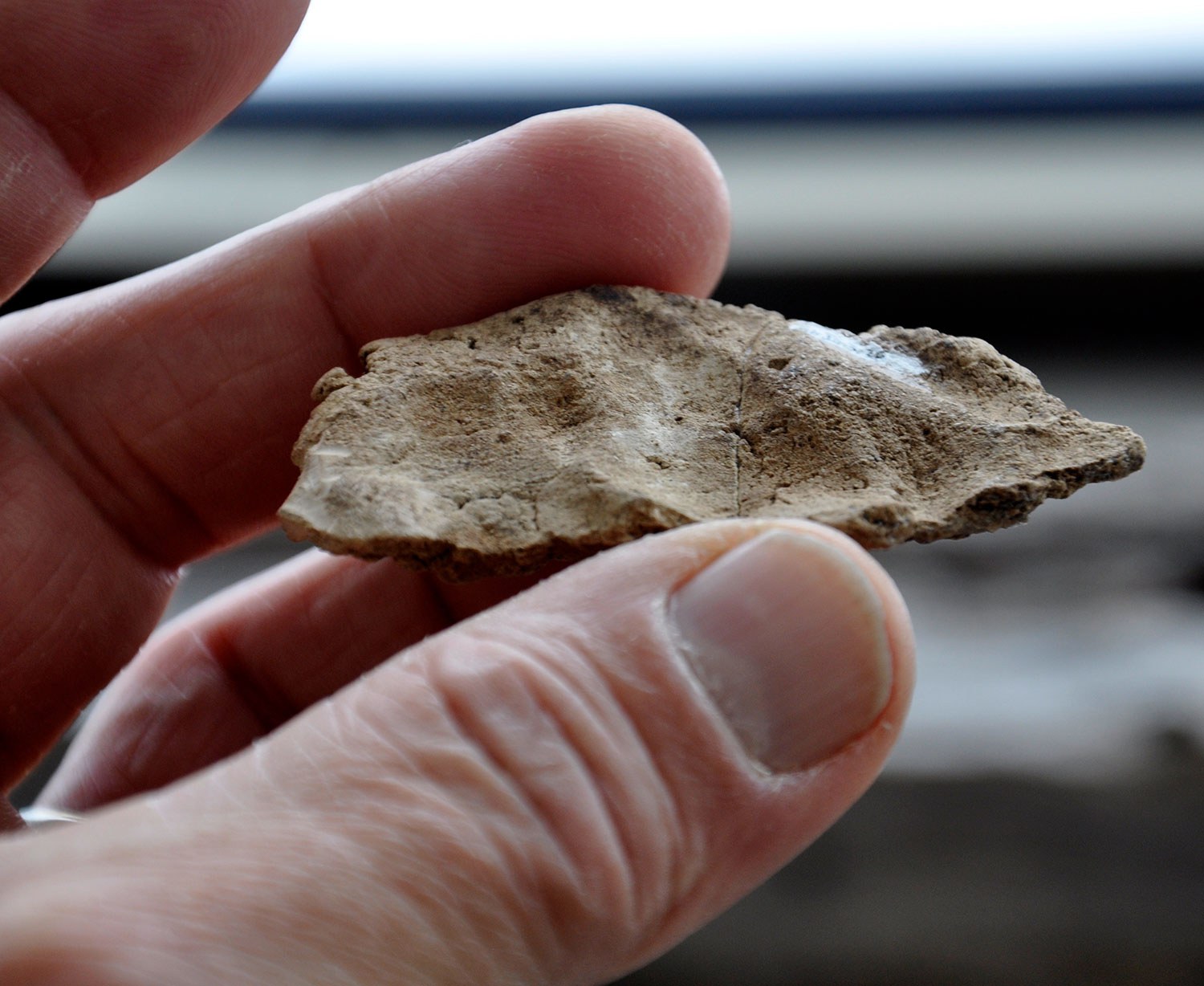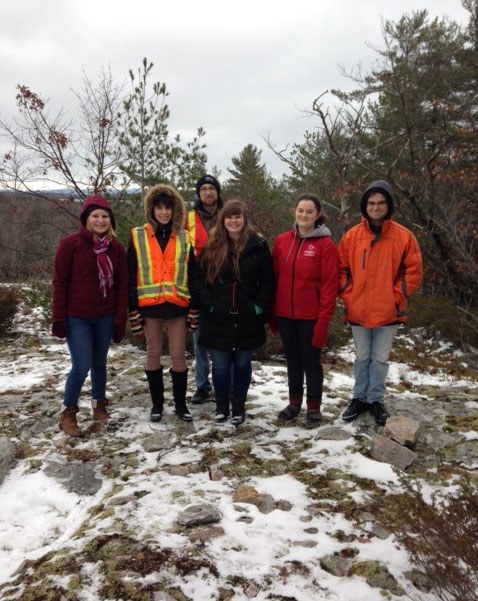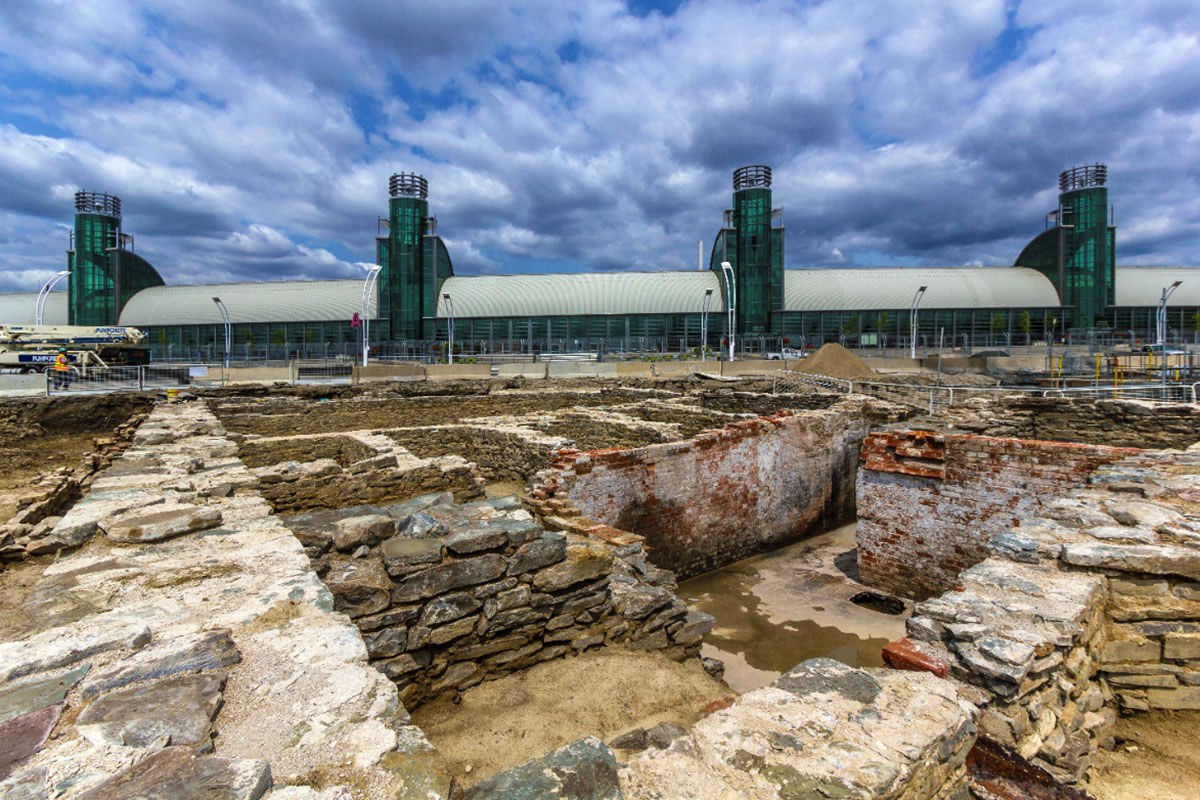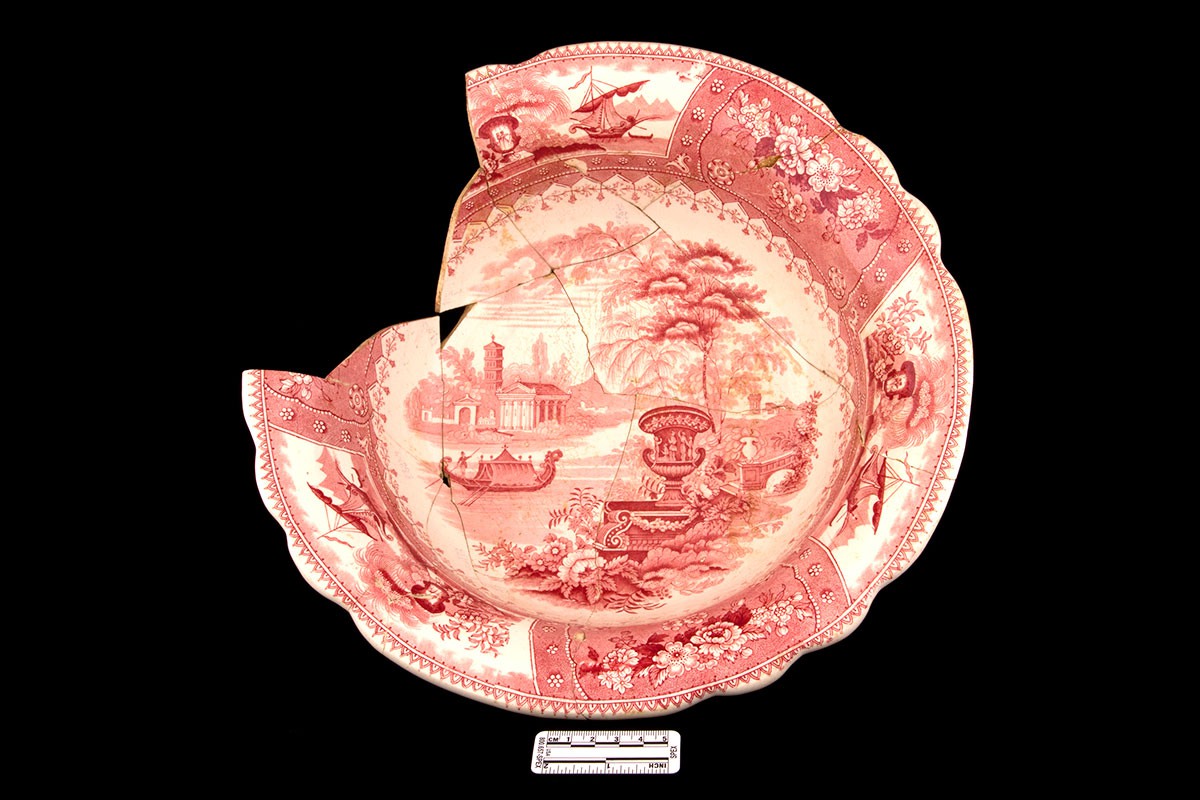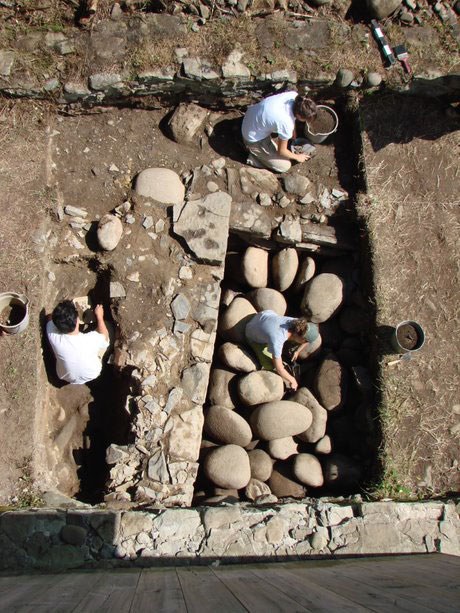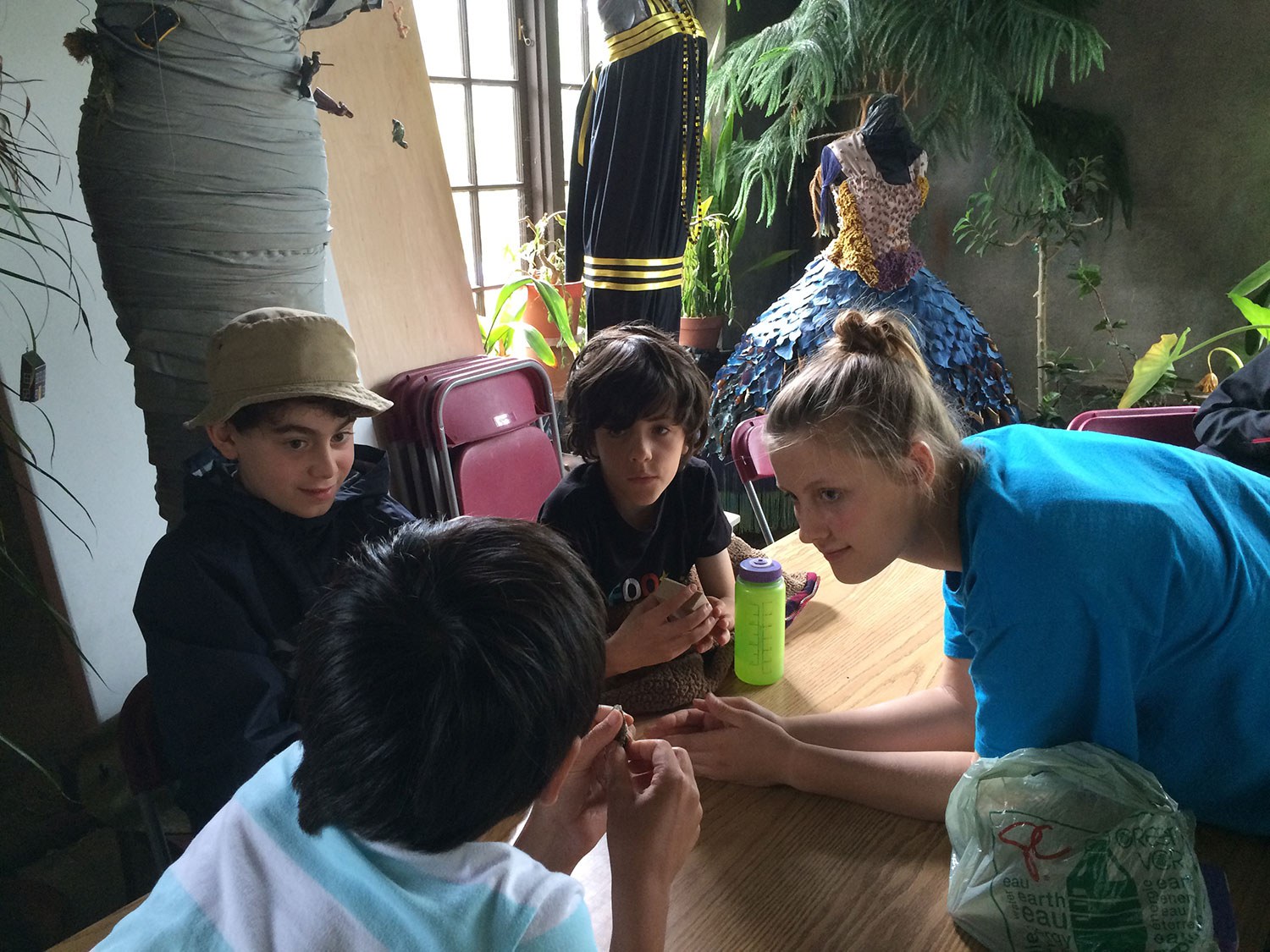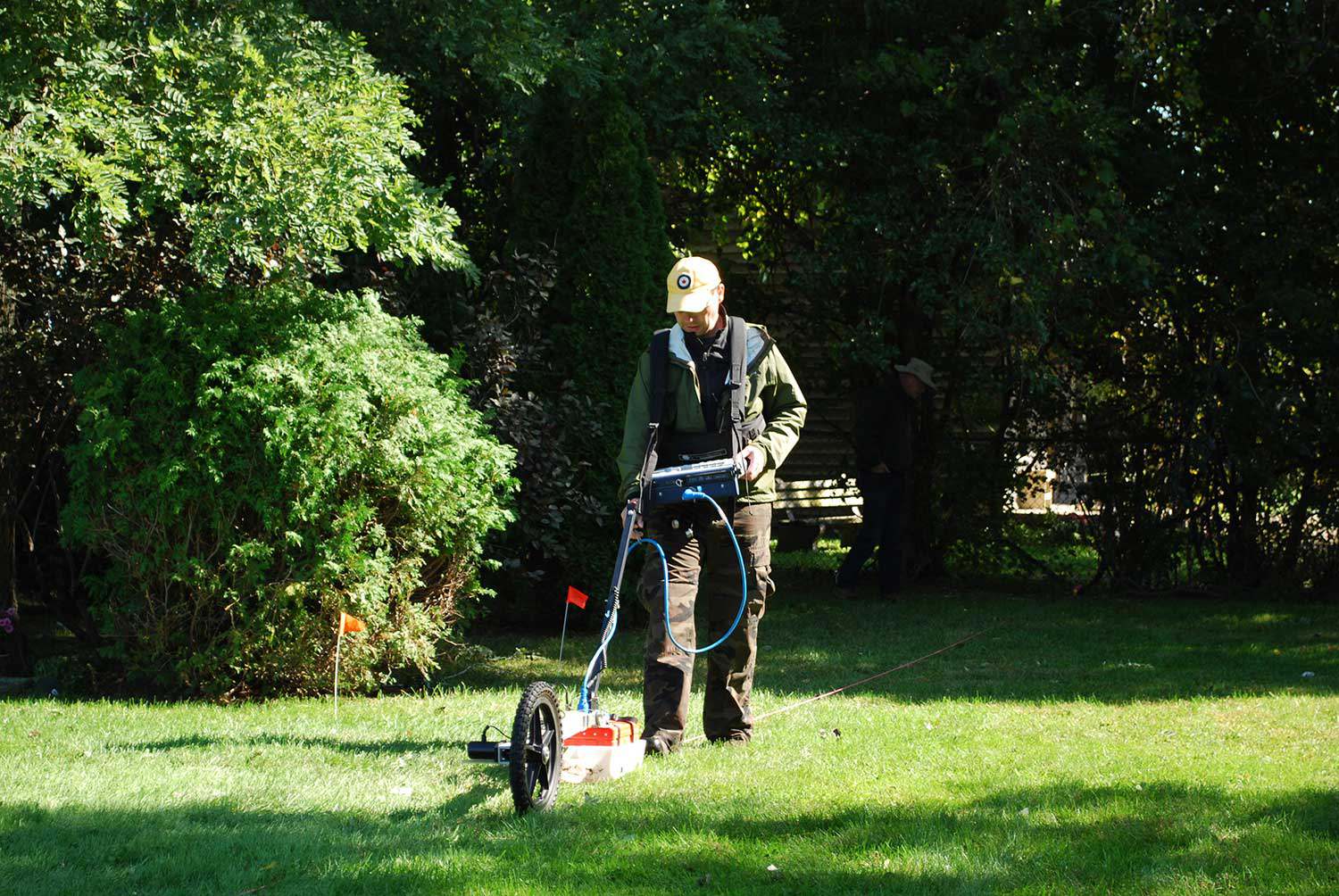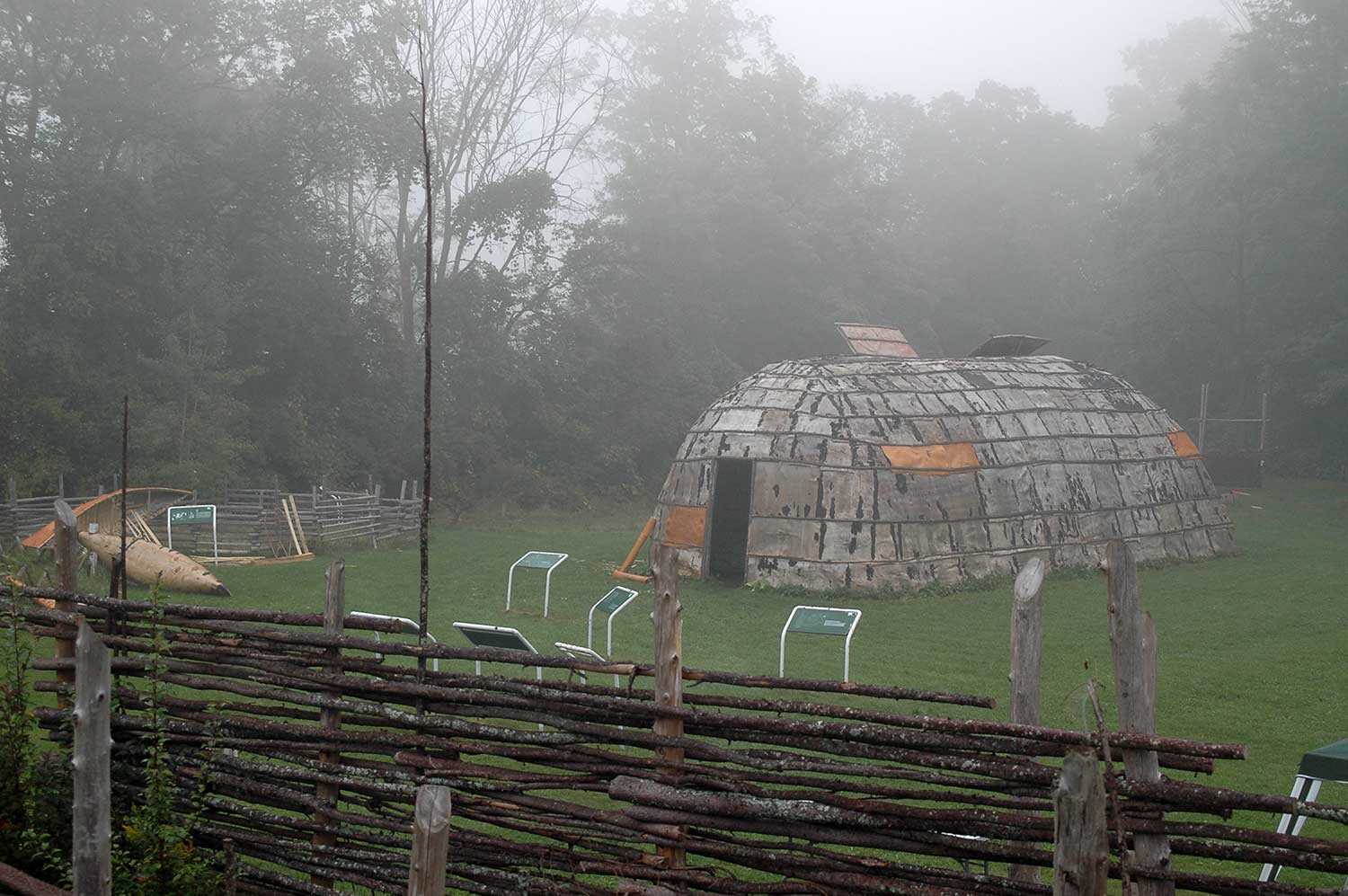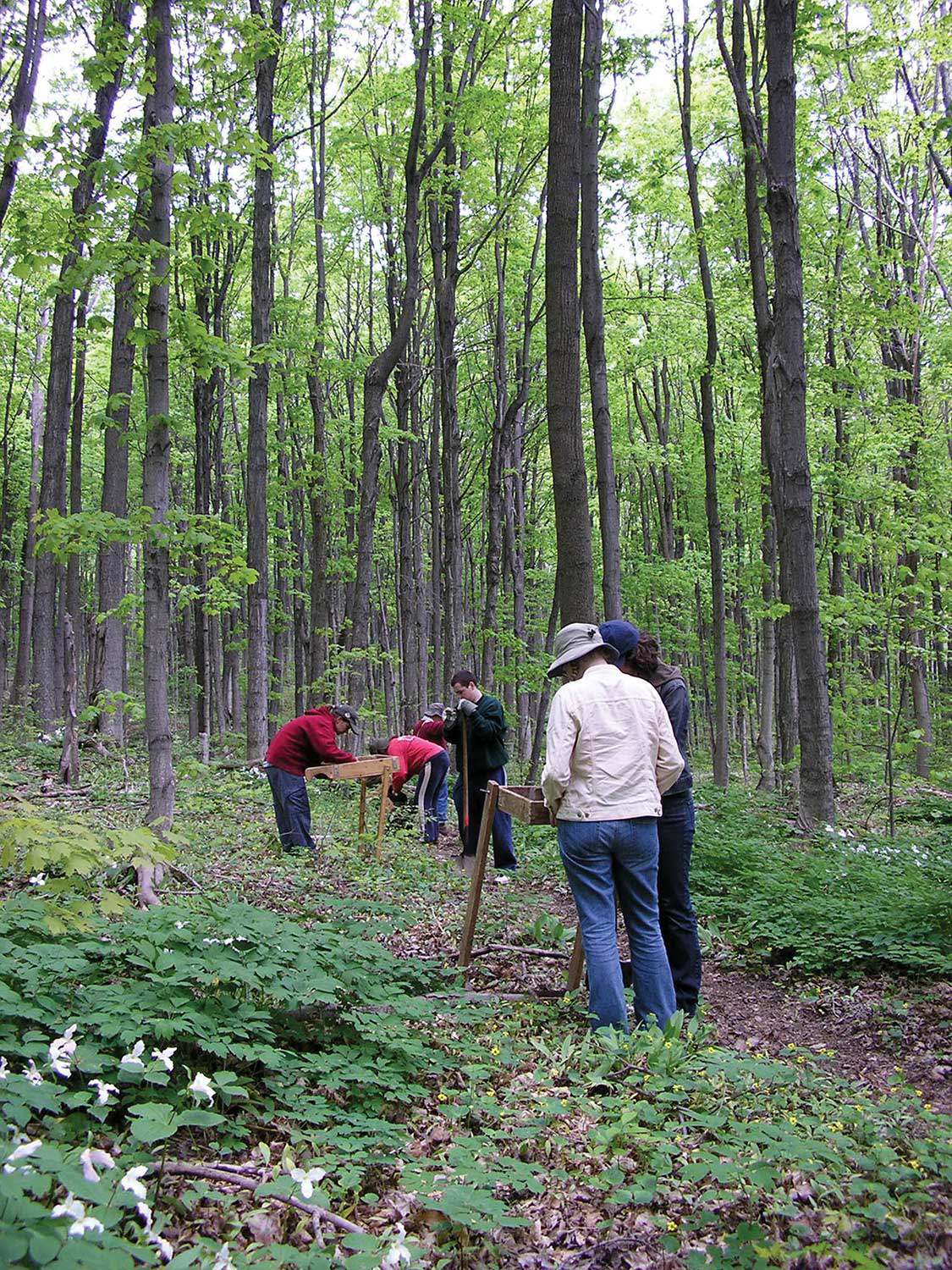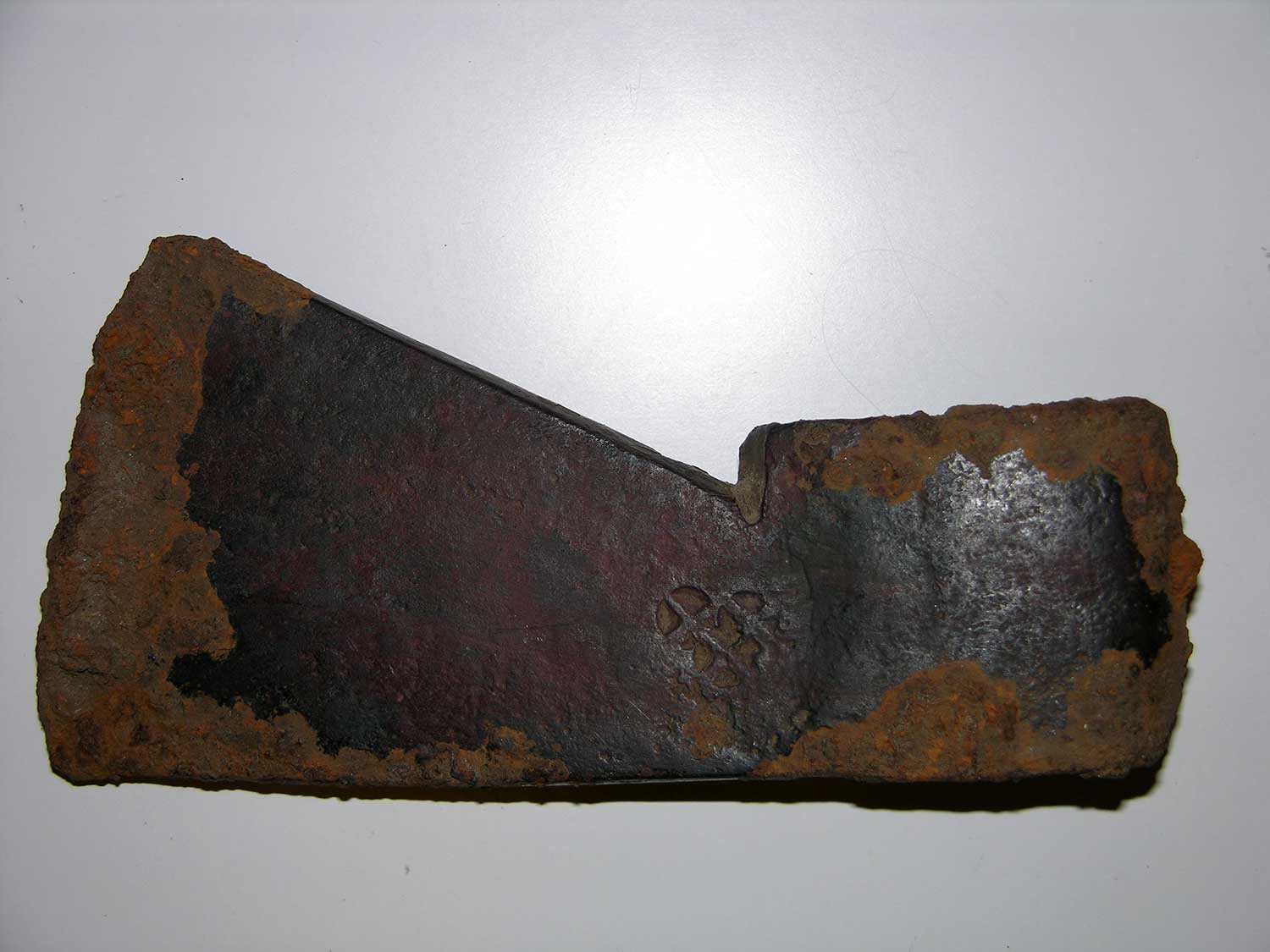

Browse by category
- Adaptive reuse
- Archaeology
- Arts and creativity
- Black heritage
- Buildings and architecture
- Communication
- Community
- Cultural landscapes
- Cultural objects
- Design
- Economics of heritage
- Environment
- Expanding the narrative
- Food
- Francophone heritage
- Indigenous heritage
- Intangible heritage
- Medical heritage
- Military heritage
- MyOntario
- Natural heritage
- Sport heritage
- Tools for conservation
- Women's heritage
Looking at archaeology from all angles
Every archaeological artifact tells its own unique story. But what it says can be – and is – interpreted differently, depending on who is examining it. Starting with a single artifact from the Trust’s own collections, we explore different perspectives that tell a more complete story about the artifact, its origins and those who made and historically used it.
Excavated in July 1995 during the University of Toronto at Scarborough’s archaeological field school led by Dr. Martha Latta, this clay pipe was discovered on an archaeological site named Thomson-Walker at a Trust property near Moonstone, Ontario.
Together, the following perspectives create a complex and holistic view of the artifact. They offer unique and relevant understandings of why this object remains significant today.
Archaeological by Dr. Martha A. Latta
We were excavating the defensive palisade area of the Thomson-Walker site when we found this pipe. Like most of the larger Huron villages in the 1640s, the Thomson-Walker site was surrounded by a solid line of tree trunks. Palisades kept out enemies, of course, but they also kept out bears, wolves and other large, wild animals – as well as keeping small children from straying too far from their homes. Another use for the palisade was to define the area of the site where trash and food remains could be dumped, as Huron villages were usually very neat.
The pipe we discovered was made of local clay, fashioned by hand and fired to a brick-like hardness. The style of the pipe is one of the most common in 17th-century Huron villages: a round bowl decorated with rings traced in the clay. Like all of the Huron’s clay pipes and pots, it was not painted. The stem was made by wrapping the wet clay around a reed or twig, which burned away during firing to leave a neat smoke hole. Its owner could have made a replacement in a day or two.
This particular pipe – unlike most pipes found in archaeological sites – is relatively intact. There has been some breakage at the mouthpiece, but this would not have made the pipe unusable. For the owner’s own reasons, he or she chose to discard the pipe rather than to mend the stem. It still contains the plug of charred vegetable material. We know that the Huron grew and smoked tobacco, a variety that is harsher than the Virginia tobacco favoured by today’s smokers, but which would mature in Ontario’s comparatively short growing season. They may have smoked other plants as well, for medicinal or religious reasons. Unfortunately, it is difficult to identify plants from their leaves. Seeds and pollen are most useful for this, and smoking tobacco consists only of leaf parts.
French writers reported that the Huron smoked when they conferred in council on political issues. They also smoked when travelling long distances, in order to keep alert and to stave off hunger pangs. It is widely assumed that only men smoked the pipes, but this reflects the fact that 17thcentury French writers had little to say about the activities of the Huron women. I suspect that senior women of the clans might have enjoyed a pipe of tobacco as well, while resolving social issues within the village. In this case, we can picture the smoker tossing the pipe – still smoking – in frustration or in satisfaction with a day’s accomplishments.
Artistic by Richard Zane Smith
yanǫⁿdamęʔ ⁿduʔtáraʔ
pipe of clay
With careful hands, this pipe was likely made by rolling a coil of clay on the smooth side of a slab of elm bark, using soft clay, thick at the bowl end, tapering to the stem. The bowl was carefully hollowed and shaped. Before being bent into an elbow, a smooth skewer pierced the stem and bowl. At times a smooth, fine stick was actually rolled into the clay and after forming the pipe, it was carefully drawn out. The pipe is set aside to firm up a little. Some pipes have been found where a cord had been rolled into the coil of clay. It would burn out in the firing.
The six lines likely have been indented perhaps with the side of a bone awl, just before the clay was too hard to press into. It doesn’t appear to be stone-polished, simply smoothed with fingers. The break in the stem possibly occurred while inserting a reed stem into the fired pipe stem. I’ve had this happen in the past with a clay pipe, creating a similar break.
Pipes like these are fairly easy to fire. One simply places a dry clay pipe near a campfire for an hour or so. Then it’s simply pushed onto the coals. Wood is placed on top to get a good blaze. When burnished with a smooth stone or bone, it can be fired black by placing it beneath a concave potsherd along with some organic material, like a handful of dry pine needles. Such ancestral pipes were common in our Wendat villages, and often were smoked during meetings to clear the mind. We continue to use a small clay pipe with a reed or sumac stem in our ceremonies today. The pipe is passed to each of the faithkeepers, the helpers who work, and all those who have been asked to sing or to speak.
We still grow the same tobacco: naⁿdakęhaǫʔ (nicotianarustica).
Curatorial by Michel Savard
Looking at this pipe, one simple question comes to mind. What was the state of mind of the Wendat person behind this last puff of tobacco smoke? Was it a moment of communing with his ancestors, a moment of communing with a spiritual guide or simply a moment of well-earned relaxation after a long, hard day portaging a birch bark canoe?
To ask the question is to answer it.
Too often, archaeologists and anthropologists – and any average person – interpret any smoking of tobacco by our ancestors as necessarily being a spiritual act. I would opt for the serenity of the moment. Portaging a canoe through the woods requires that you be one with nature and listen to what nature tells you. Smoking tobacco, like dipping a paddle into the river, can bring us to this spiritual awakening that we all seek.
As a Wendat, the temptation to drop a burning ember into the bowl of this pipe would have been overwhelming. It is true that if this pipe had come to me, regardless of the context, I would certainly have dropped this ember in. It is lucky for the archeologists that this will never happen. Too much data would go up in smoke.
It would be extraordinary to discover a pipe that still contained the tobacco that one of my ancestors had placed in it more than 400 years ago! One thing is certain. This would have been, for me as a Wendat, a great moment of spirituality unlike any I could have imagined – a direct connection with my roots, my spirit and (who knows) perhaps with the spirit of this Wendat ancestor from whom I might have learned to get more connected to the genuine things in life, like portaging my canoe!
But, let’s get back to the subject of this fantasy. From an archaeological point of view, this discovery could bring answers to our questions about our Wendat ancestors’ way of life. Otherwise, what would be the use of unearthing, or rather removing, these artifacts from the belly of Mother Earth! Sometimes the act of voluntarily burying an object is in itself a spiritual reflection that must not be desecrated, even if this results in a loss of knowledge for science, no matter what the discipline. We all agree that archaeology has its reason for being, but we have to be careful about how this archaeology is performed. But don’t worry; I am convinced that modern archaeology is more respectful of my ancestors than it was in the past.
This pipe, made with craftsmanship by one of my ancestors, was certainly a part of one of the finest moments in the lives of these real men.






